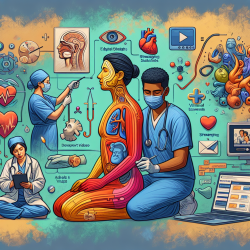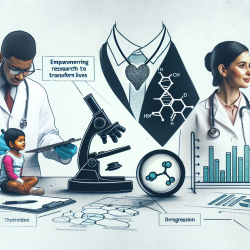Welcome to the World of SAAM II
As a practitioner in the field of speech-language pathology, you might wonder how mathematical modeling could possibly relate to your work. The answer lies in the power of data-driven decision-making and the ability to simulate complex systems, which can significantly enhance therapeutic outcomes. Enter SAAM II, a general mathematical modeling rapid prototyping environment that offers a user-friendly interface for building, solving, and fitting compartmental models without the need for coding expertise.
What is SAAM II?
SAAM II, or Simulation Analysis and Modeling II, is a graphical modeling software widely used in life sciences for compartmental model analysis. Its intuitive "circles and arrows" visuals allow users to easily create and manipulate models, making it an excellent tool for rapid prototyping in complex kinetic analysis or pharmacokinetic/pharmacodynamic (PK/PD) problems. The software is particularly beneficial for educators and non-modelers, as it simplifies the process of model selection and prototyping.
Why Should Practitioners Care?
For practitioners, especially those involved in online therapy services like those offered by TinyEYE, SAAM II provides a platform to explore and understand complex systems that can affect therapy outcomes. By using SAAM II, practitioners can:
- Develop and test hypotheses about therapeutic interventions.
- Simulate various scenarios to predict outcomes and optimize therapy plans.
- Enhance their understanding of the underlying mechanisms affecting speech and language development.
Key Features of SAAM II
SAAM II is equipped with sophisticated algorithms programmed in C to address ordinary differential equations, manage complex systems via forcing functions, and conduct multivariable regression using Bayesian maximum a posteriori. It also offers identifiability and sensitivity analyses, along with comprehensive reporting functionalities, all within a single package.
Case Studies and Applications
The research paper "SAAM II: A general mathematical modeling rapid prototyping environment" highlights four contemporary case studies that demonstrate the software's applicability to current life sciences challenges. These include:
- Target-mediated PK/PD models
- CAR-T-cell therapy
- Viral dynamics
- Transmission models in epidemiology
By examining these case studies, practitioners can gain insights into how SAAM II can be applied to their specific areas of interest, potentially leading to innovative approaches in therapy and education.
Encouraging Further Exploration
For those interested in delving deeper into the world of mathematical modeling, SAAM II offers a gateway to explore complex systems and enhance their practice. The software's user-friendly design makes it accessible to practitioners who may not have a background in coding or advanced mathematics, allowing them to focus on improving therapeutic outcomes.
To read the original research paper, please follow this link: SAAM II: A general mathematical modeling rapid prototyping environment.










